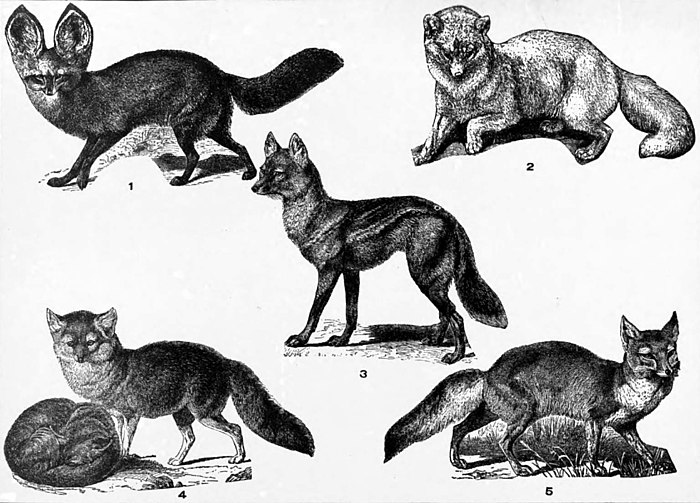 Arabic
Arabic English
English Deutsch
Deutsch French
French Italian
Italian Español
Español Català
Català Português
Português Nederlands
Nederlands 日本語 Japanese
日本語 Japanese Polski
Polski Russian
Russian Svenska
Svenska Ukrainian
Ukrainian Türkçe
Türkçe Bahasa Indonesia
Bahasa Indonesia Bahasa Melayu
Bahasa Melayu ไทย Thailand
ไทย Thailand Filipino
Filipino हिन्दी Hindi
हिन्दी Hindi বাংলা Bengal
বাংলা Bengal اردو Urdu
اردو Urdu Tiếng Việt
Tiếng Việt 한국어 Korean
한국어 Korean 粵語 Cantonese
粵語 Cantonese 繁體字 Taiwan
繁體字 Taiwan 中文 Chinese
中文 Chinese 閩南語 Bân-lâm-gú
閩南語 Bân-lâm-gú Bulgarian
Bulgarian Čeština
Čeština Dansk
Dansk Esperanto
Esperanto Euskara
Euskara فارسی Persian
فارسی Persian עברית Hebrew
עברית Hebrew Magyar
Magyar Norsk Bokmål
Norsk Bokmål Română
Română Srpski
Srpski Srpskohrvatski
Srpskohrvatski Suomi
Suomi Asturianu
Asturianu Bosanski
Bosanski Eesti
Eesti Ελληνικά
Ελληνικά Simple English
Simple English Galego
Galego Hrvatski
Hrvatski Latviešu
Latviešu Lietuvių
Lietuvių മലയാളം
മലയാളം Македонски
Македонски Norsk nynorsk
Norsk nynorsk Slovenčina
Slovenčina Slovenščina
Slovenščina Tamil
Tamil
FOX, one of a group of small, long-eared,bushy-tailed animals of the dog-tribe (Canidæ),mostly included in the genus Vulpes;specifically, in literary usage, the red fox (V.vulgaris), called renard by the French and reinickefuchs by the Germans. Foxes differ fromwolves and jackals in being smaller, havingshorter legs, longer, more furry and pointedears, a more slender elongated muzzle, and alonger and more bushy tail; and they inclineto that yellowish red color called “foxy.”But these distinctions are difficult of limitation (seeFennec; Foxdog), and some naturalists refuseto recognize a separate genus for them. Onefixed character is found in the pupil of theeye, which when contracted becomes ellipticalin the foxes but remains round in other dogs.All the typical foxes are inhabitants of northerlylatitudes, and well represented by thecommon red fox, which may be regarded asdistributed throughout the whole northernhemisphere, though variously named in differentcountries, where local diversities exhibitthemselves; thus the American variety is calledV. pennsylvanicus, but it is not essentiallydifferent from those of the Old World. Itsvariations are as great here as in Europe and Asia,especially among those of the Far North,where certain color-phases have superior valuein the fur-trade. Thus a fox marked with adark line along the spine and another over theshoulders, is called a “cross” fox, and finespecimens are worth an extra price. Whollyblack ones are uncommon; but the rarest andmost valuable pelt is that of a “silver” fox,that is, a black one in which so many hairsare white-tipped that a hoary or silveredappearance is given to the skin. The red foxis fostered for the sport of fox-hunting (q.v.)in Great Britain, and in some parts of EasternAmerica, but in most countries he is regardedmerely as a fur-bearer, or a poultry thief orworse, and is trapped, shot and poisonedcontinuously. Nevertheless, the animalsurvives and multiplies in the midst of civilization,by virtue of its power of comprehension of andadaptation to new conditions; so that he hasacquired, very justly, a reputation for alertness,wit and cunning in contrivance for food andsafety. In America this species is constantlyextending its range southward at the expenseof the gray fox. Another species yielding avaluable fur is the Arctic or blue fox (V.lagopus), which is found on all Arctic coasts,and although brownish in summer, becomes inwinter pure white; but the under fur is alwaysbluish, and in those of Alaska this colorprevails over brown in summer. Certain of theAleutian Islands have lately been devoted bylocal fur companies to rearing these foxes insemi-captivity, where they are cared for, anda selected number annually sacrificed to trade.North America has two other well-markedspecies. One is the swift or kit fox (V. velox)of the plains, which is only 20 inches long,exceedingly swift of foot, expert in digging andcunning at concealment. It has reddish-yellowfur in summer, but becomes dull gray inwinter, with black patches each side of the nose.The other species is the gray fox, which wasonce generally distributed over the UnitedStates but has become extinct in thenortheastern part since the general clearing andsettlement of the country. It is a woodlandanimal, still numerous in the South and West.Its hair is stiffer and duller in color than thatof the red fox and it is so peculiar instructural respects (among others in having aconcealed mane of stiff hairs on the top of thetail) that it has been classified in a separategenus as Urocyon argenteus. Severalwell-known species dwell in Asia, the best-known ofwhich is the familiar fox of northern India(V. bengalensis).
Foxes everywhere are burrowing animals orelse adapt to family needs holes in rocks,hollows of old stumps and similar conveniences.They hide by day and go abroad at night insearch of small prey, stalking and catchingbirds on their nests, or at roost on the ground,ground-squirrels, mice, frogs and insects, andalso eating largely of certain roots, fruits andother vegetable food. They are hardy, huntall winter and climb mountain peaks. Theynever hunt in packs, as do wolves; and theirvoice is nearer a bark than a howl. They donot readily submit to domestication, and seemto have contributed little if anything to thecomposition of domestic breeds of dogs.
Consult for information on Old Worldfoxes, the writings of Bell, Brehm, Blanford,Mivart and Beddard, well-summed up inLydekker's ‘Royal Natural History’ (Vol. I). ForAmerican foxes, read Richardson, Hearne,Audubon, Merriam, the writings of Nelson,Turner and Murdoch on the natural history ofAlaska, and the general remarks in Cram andStone's ‘American Animals’ (1902).

